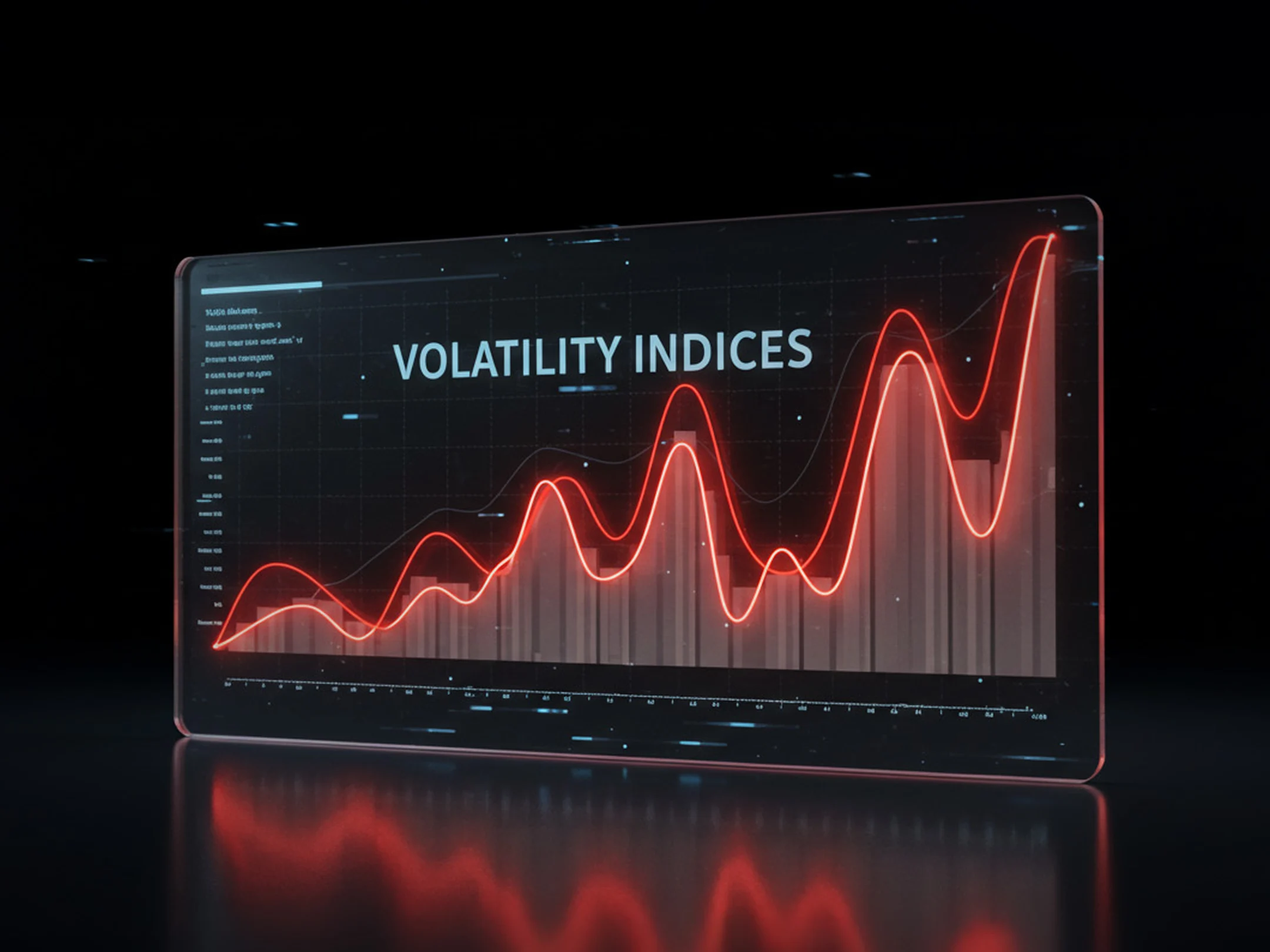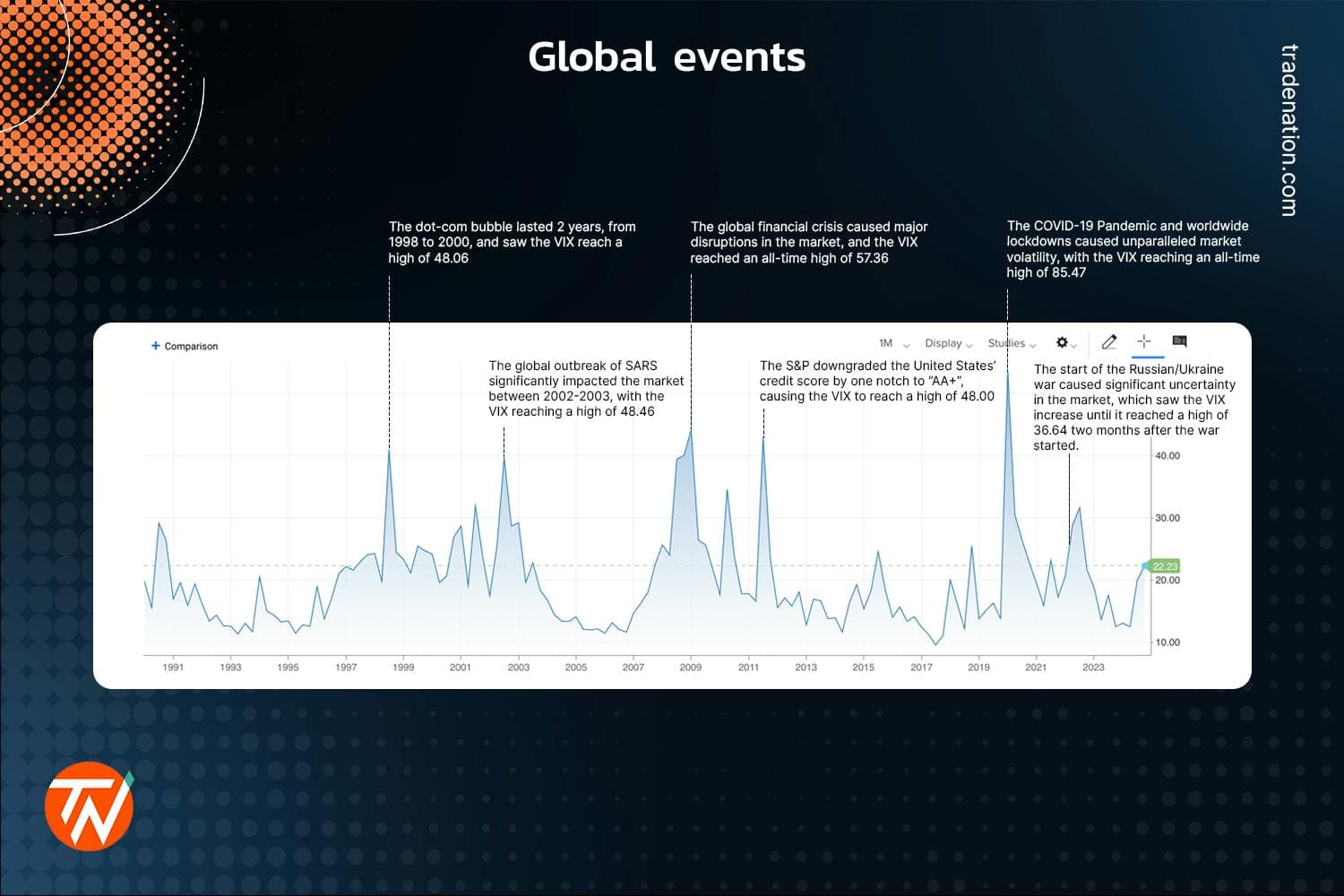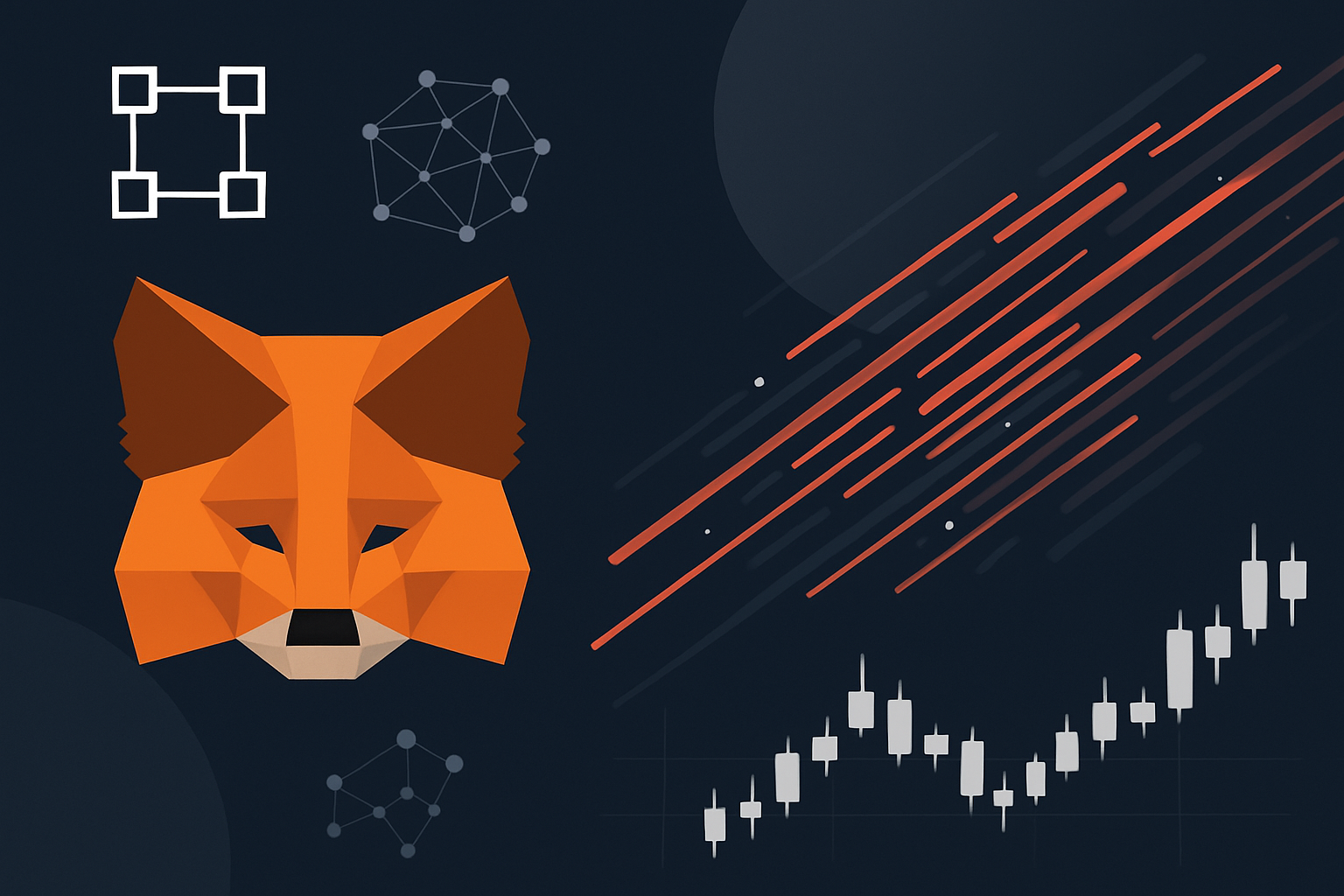
Synthetic perpetual indices have become a cornerstone for modern day traders seeking consistent profits in the 24/7 landscape of decentralized finance. Unlike traditional assets, these indices are algorithmically generated, providing exposure to simulated market behaviors that aren’t influenced by real-world news or macroeconomic events. Among the most actively traded are the Volatility 75 Index (V75), Volatility 100 Index (V100), and Step Index 200. Each offers a unique volatility profile, making them highly attractive for perpetual trading strategies on leading synthetic trading platforms.

What Are Synthetic Perpetual Indices?
Synthetic perpetual indices are digital instruments designed to mimic the price movements and volatility patterns of real-world markets. However, unlike stocks or commodities, they are not tied to any underlying physical asset. Instead, their prices are determined by transparent algorithms that ensure fairness and randomness within predefined parameters.
This structure offers several key advantages for traders:
- 24/7 Availability: No market closures or weekends – you can trade anytime.
- No External Shocks: Immune to geopolitical news or earnings reports that typically cause unexpected swings in traditional assets.
- Diverse Volatility Profiles: Traders can choose between high-volatility instruments like V75 and V100 or more controlled options like Step Index 200.
The Big Three: V75, V100, and Step Index 200
The current synthetic index ecosystem is dominated by three top choices for day traders looking to capitalize on perpetual opportunities:
- Volatility 75 Index (V75): Known for its pronounced price swings and high liquidity. The algorithm behind V75 simulates a market with constant volatility at an annualized rate of 75 percent. Traders favor this index for scalping and momentum strategies due to its frequent large moves.
- Volatility 100 Index (V100): Even more volatile than V75, this index replicates a theoretical market with double the intensity. It attracts highly risk-tolerant traders who seek rapid price action and potentially larger returns over shorter timeframes.
- Step Index 200: Distinct from its volatility-focused peers, Step Index 200 features predictable movement in fixed increments (typically steps of 0.1), offering a more stable environment suited for range-based strategies and systematic approaches.
Trading Strategies Tailored to Synthetic Indices
The diversity among these indices means there is no one-size-fits-all approach. Instead, successful traders tailor their methods to match each index’s behavioral patterns:
- Scalping on Volatility Indices: With V75 and V100’s intense price action, short-term scalping strategies thrive. Many use technical indicators like Bollinger Bands or RSI to time entries during brief retracements before catching the next surge.
- Trend Following on High-Volatility Instruments: Identifying sustained directional moves is critical when trading the likes of V100. Traders often deploy moving averages or trendlines to ride multi-hour trends while employing tight stop-losses due to elevated risk.
- Range Trading on Step Index 200: The fixed-step nature creates identifiable support and resistance levels. Here, mean-reversion tactics such as buying near established floors and selling at ceilings can yield reliable results when combined with disciplined risk management.
Risk management remains the backbone of any sustainable approach to synthetic perpetual index trading. While the allure of high returns is strong, especially on instruments like V75 and V100, consistent profitability hinges on disciplined leverage use and robust position sizing. Many seasoned traders recommend starting with lower leverage, gradually increasing exposure only as strategies prove themselves over time. Maintaining a detailed trading journal is another hallmark of successful synthetic index traders; by documenting entry and exit points, rationale, and outcomes, patterns emerge that can inform future decisions and reduce emotional bias.
Comparing the Indices: Volatility, Predictability, and Use Cases
| Index | Volatility Level | Best For | Trading Style |
|---|---|---|---|
| V75 | High | Active day traders | Scalping, momentum |
| V100 | Very High | Risk-tolerant speculators | Trend following, breakout trades |
| Step Index 200 | Moderate (fixed steps) | Swing/range traders | Mean reversion, grid systems |
The table above highlights how each index caters to different risk appetites and trading philosophies. For those seeking adrenaline-fueled action, V100 is unrivaled in its volatility. If you prefer measured moves and systematic trading, Step Index 200’s fixed increments offer a more controlled environment. V75 sits comfortably in between – volatile enough for dynamic strategies but not as unforgiving as V100.
Synthetic indices for day traders aren’t just about excitement or theoretical diversification. They represent a new paradigm in market access: always-on liquidity with transparent mechanics that level the playing field for global participants. This is particularly relevant for those who want to avoid the unpredictability of real-world events or who trade outside traditional market hours.
Navigating the Future: Perpetual Trading Strategies on Synthetic Indices
The perpetual nature of these indices means that opportunities are always present – but so are risks. Forward-thinking traders integrate automation tools such as bots or algorithmic scripts to execute strategies with precision around the clock. Additionally, many are exploring hybrid approaches that combine manual analysis with automated order execution to maximize efficiency without sacrificing discretion.
The evolution of perp DEXs synthetic stocks further enhances this ecosystem by providing additional hedging options and portfolio diversification tools tailored to DeFi-native environments. As adoption grows and platforms mature, expect increased sophistication in both available products and trader skill sets.
Top Synthetic Indices for Consistent Trading Profits
-

Volatility 75 Index (V75): Known for its high volatility, V75 offers significant price swings, making it a favorite for traders seeking large moves and scalping opportunities. Available 24/7, it closely mimics real-market dynamics, allowing for both short- and long-term strategies.
-

Volatility 100 Index (V100): Even more volatile than V75, V100 delivers rapid price fluctuations, ideal for experienced traders aiming for quick profits. Its extreme volatility requires robust risk management but provides ample opportunities for trend-following and breakout strategies.
-

Step Index 200: This index moves in fixed increments, creating a more predictable price pattern. Step Index 200 is well-suited for range trading and for those who prefer a balanced approach between volatility and stability. Its structure helps traders identify clear support and resistance levels.
The bottom line: mastering synthetic perpetual indices like Volatility 75 Index (V75), Volatility 100 Index (V100), and Step Index 200 requires a blend of technical skill, psychological discipline, and continuous learning. Successful traders stay agile – adapting their approach as volatility regimes shift while keeping risk front-and-center in every decision.






